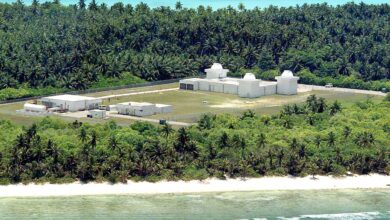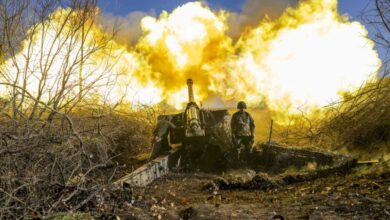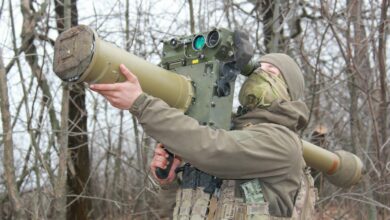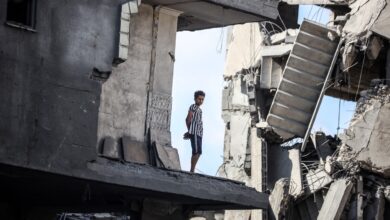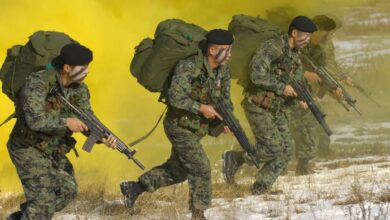The Chilean Air Force (FACh) has procured three Boeing E-3D Sentry Airborne Early Warning Mk 1 (AEW1) aircraft from the UK Royal Air Force.
The aircraft will replace FACh’s single Boeing-made 707 Condor, which the service currently uses for airborne early warning missions. The 707 Condor is reaching the end of its operational life, as it was deployed by the FACh in 1990.
The aircraft are expected to arrive in Chile this year, with one of the three being used for spare parts.
The Royal Air Force retired its last E-3D in September 2021, when Chile began negotiations to purchase the three aircraft. The UK will replace the Sentry with three Boeing E-7 wedgetails to be deployed next year.
In 2021, the US Navy also acquired the aircraft from the UK to be used as a dedicated trainer to support E-6B Mercury aircraft’s airborne communications and command post fleet.
About Three E-3D Sentry AEW1
The aircraft is powered by four CFM 56-2A-3 engines and lcan fly for up to 18 hours. It had undergone several modifications including the incorporation of a refueling probe, wingtip ESM pods, an enhanced Maritime Surveillance Capability, and Havequick 2 radios.
It has a range of 3,200 kilometers (1,988 miles) and the capacity for up to five flight crew and 13 mission crew.
It is designed to cruise at 29,000 feet (8,839 meters), detecting air and surface contacts with an AN/APY-2 surveillance radar, and the capacity to carry self-defense air-to-air missiles.
Three Decades in RAF Service
The E-3D Sentry, also known as Airborne Warning and Control System or AWACS, entered Royal Air Force (RAF) service in 1991 as a part of its intelligence, targeting, surveillance, and reconnaissance fleet.
The aircraft has been involved in operations in Afghanistan, Libya, Iraq, the Middle East, and the Caribbean.
The aircraft completed three decades in service with the RAF last year, where it was extensively used during operations with NATO including Operation Iraqi Freedom, counter-narcotics operations in the Caribbean, and Operation Shader in the fight against ISIS.
The RAF’s six Sentry aircraft used to make up 25 percent of the total NATO airborne early warning force.




